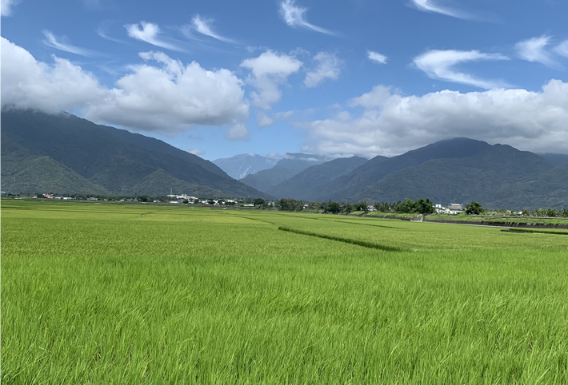
How can one not fall in love with beautiful Taiwan? Shaped like a sweet potato and barely bigger than Maryland, this island located just south of China is a lush gem, hidden in the pacific. Its growing fame as the “food hub” of northeast Asia, with its night markets and street vendors, its vibrant history and modern infrastructure, has encouraged an increase in incoming tourists within the past few years. It is also successfully competing to be the art center of Asia.
Back in January, we started to consider writing about other important art scenes around the globe. Taiwan quickly stood out in our short list and felt like an ideal place to introduce to our readers.
With the help of a Taiwanese artist friend, we drew up an exhaustive list of art galleries, museums, curators, artists, exhibition spaces, artists’ villages and communities, while having one direction in mind: meeting as many people and visiting as many places as time would allow, to make a final selection of the ones I would find genuinely interesting.
Covid-19 meant a three week quarantine period (two weeks locked up in my small studio and a week where only grocery shopping and small errands are permitted) allowed me to contact and prepare my meetings so I could be on the starting blocks the day I was released.
LIN CHIWEI – Paris. linchiwei.com
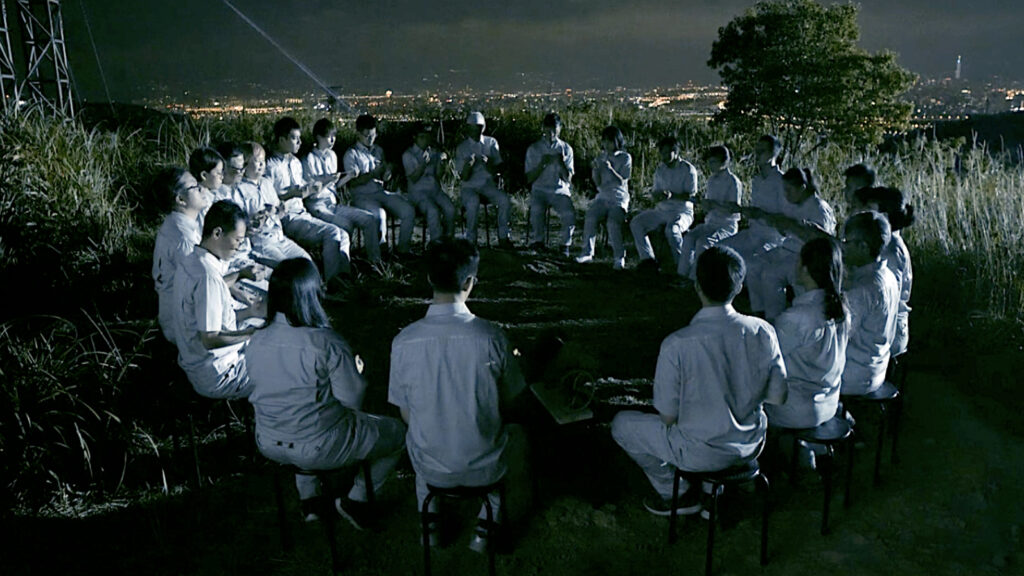
My very first contact was with a Taiwanese artist based in … Paris. Via Zoom, Lin Chi-Wei, an established artist who had received training in literature, anthropology and fine art, and has showed his work at the Pompidou center, among other prestigious places. He gave me countless tips on places I should visit and others to avoid. Lin, whose focus on painting and “sound composing” has been at the heart of his work for decades, wrote the book “Beyond Sound Art”, a thorough research of what sounds were like before the 6th century. “Music is a ritual to organize societies” he shared with me. “I came to France to ‘wake up’ and I want to stay in Europe. In Taiwan the sponsorship system [a grants-based structure run by the government] has affected a number of Taiwanese artists who end up becoming project managers and still can’t live off their art”. Eric also mentioned he was quite pessimistic about the new generation but he himself remains very active, exploring the realms of folklore culture, and through his work, integrating sound, ritual and the participation of the audience.
PONT D’ART PUBLISHING – Datong District, Taipei. pontdartpublishing.com
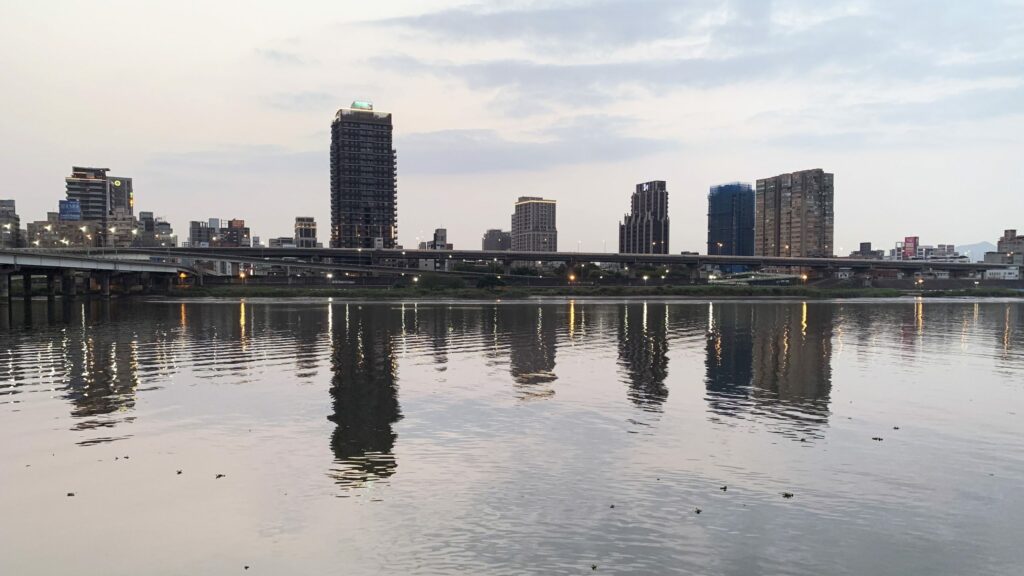
Bogu Chen, the founder of Pont D’Art Publishing is a man of many lives. Once a cross branding personal assistant for cultural icons in Taiwan, he realized a number of years ago that his life goal was to be in the art publishing business. So far, the company’s focus has been creating two categories of books: a “manual” (i.e. an ‘how to’, with tools for emerging artists) and art books that focus on ideas that are really original in contemporary art, “with an emphasis on ideas and originality” as he puts it.
A bit of an éminence grise, Chen is very close to a number of top players in the art field, gallery owners, artists and museum curators alike, and he has currently committed to write at least one article per day on social media. Keen on sharing interesting facts, I learned that in Taiwan about 600 to 1,000 students graduate every year but after 5 years of leaving school only 10-15 people are able to live off the money they make as artists, and that 5% actually make “art related money” (including admin work).
Bogu Chen also explained the concept of the grants system offered by the state, that Lin Chi-Wei had also spoken about. The grants are offered to all levels, from art students to established artists where juries expect certain types of art to be presented. The competition can sometimes be tough and the money granted, when selected, usually only covers the artist’s expenses to purchase art materials.
Another interesting fact I found was that many of the teachers of fine arts in major universities throughout Taiwan have studied Social Theories and Aesthetics at the Paris VIII university (“Saint Denis”). A huge majority of Taiwanese art scholars, including key players such as the Director of Taipei Fine Arts Museum and Taipei Fine Art University, have spent time in French universities. As a result, there has been theories circulating that within two years, very similar shows that have been seen in Paris start popping up in Taiwan.
Asked if the Taiwanese art market was open to foreign artists, Mr. Chen feels that close to 60% of the art found in galleries is foreign art, Japanese artists coming in first place, Chinese artists in second and Korean artists in third, even though the latter are mostly found in auction houses. Another interesting fact is that a number of historical landmark buildings are renovated and rented by the State to private companies willing to run art spaces. With about 300 galleries throughout the country, Taiwan offers a wide range of venues, from small to average family run businesses – the majority – some of them with over 20 years of existence and selling artwork from US$1,500 to US$20,000, to about 10 of the largest galleries, employing up to 15 people, most of them located in Neihu, the wealthy neighborhood north of Taipei.
CHINI GALLERY – Zhongshan District, Taipei. chinigallery.com
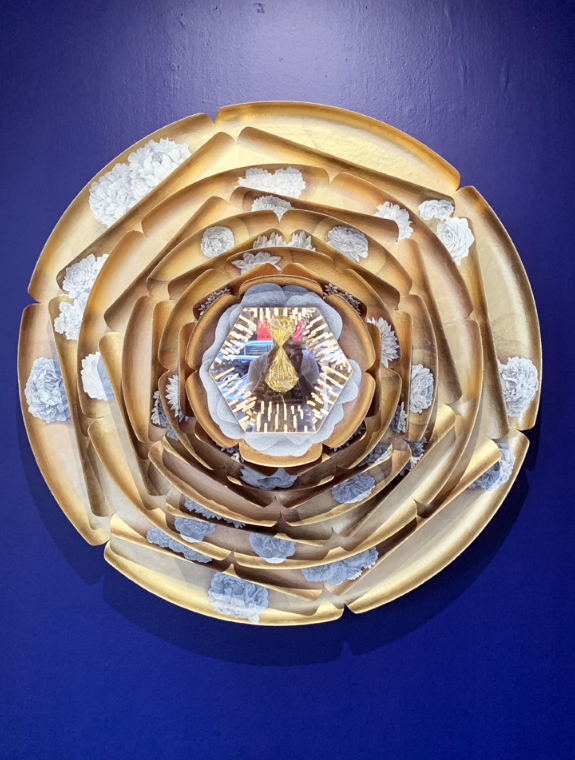
The first gallery opening I went to was called “Mandala” by Nick Dong at Chini Gallery in the northern part of the city. Being quite spiritually inclined, the title of the show had drawn my attention. The main piece, “Scented Flower” is a beautifully multi layered gold mandala, with each petal rotating in different directions while playing a soft sound. In its center, a magical mirror shows patterns of lights that seem to invite the viewers to lose themselves into it.
Another piece I found stunning is called “Inside-Out Cosmos”, where a platform at the center of the work appears to be rhythmically rising and falling as if the work was breathing. A brass object – maybe a star – in the middle seems to be floating, all this creating a projection all over the viewer, engulfing us into the cosmos.
Nick Dong, a Taiwanese-American conceptual metalsmith and mixed-media sculptor based in California is an affable artist who identifies himself as a 21st-century continuation of Wen-ren 文人, the Chinese cultural lineage of intellect-scholars, in which each work is a quest of self evolution, a vehicle of sharing philosophy.
ODD INSTITUTE – Shilin District, Taipei. oddinstitute.tw
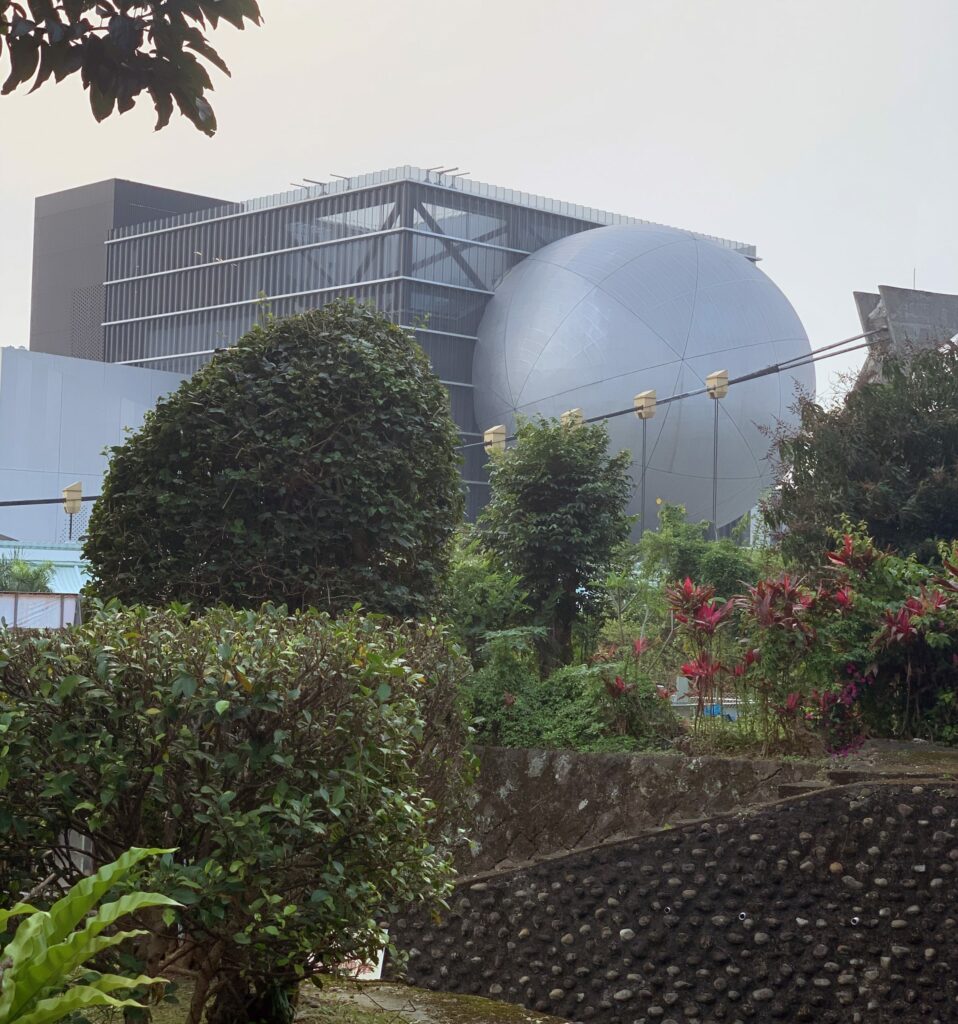
My next stop took me to the ODD Institute, a creative consulting firm in Taipei, run by Van, a true creative mind. His business model involves two different concepts, the first one focuses on interior designing, decorating commercial spaces, logo designing, gardening design, branding and re-branding, where the other one is geared mostly towards education and spirituality. His clients come to him when they are opening a new store, a hotel in Japan, or when their brand needs a bit of ‘freshening’ up. After spending five years in Beijing, Van established himself in Taipei where he has now been for the past six years.
His projects include commercial objects as well as food & beverage and sometimes are solely implemented with his own team, other times cooperating with the clients. With the assistance of his six employees, they try to launch a new brand every year. The range of product he represents is broad and includes chemistry experiments, tooth paste, traditional herbs, pop-up stores, beer events, material for paintings etc.
Van likes to merge different materials, his creative process is such that ideas and inspiration often pop up in his mind while working on projects. He doesn’t really pay attention to other artists’ work, keeping it unique is the core of his process. He feels that he absorbs energy, style and ideas every time he travels.
Definitely trying to avoid the “mainstream” styles in Taiwan, Van does his best to “keep it his own” as he puts it. In order to create outstanding art-decor spaces, he needs to know the decision maker well enough as well as making sure he keeps things “unique”, in a way that is not commonly recognized in similar markets. He feels that what his studio creates in the Taiwanese market is still rare. Today the majority of business owners will blindly choose to copy main-stream designs, which is more acceptable and profitable.
“Having experienced bigger markets in mainland China, there is no denying that more ideas can be translated into reality. At the end of the day, you have to always remember that the business is still client-driven and client-oriented. In China, people tend to ‘damage’ the reputation of a brand, so the way shops are decorated and designed doesn’t matter much. However, I expect the Taiwanese to be more open minded when it comes to adopting novel designs. Just don’t be afraid to be unique.”
“In that way, I am gifted” he concludes.
LIANG GALLERY – Neihu District, Taipei. lianggallery.com
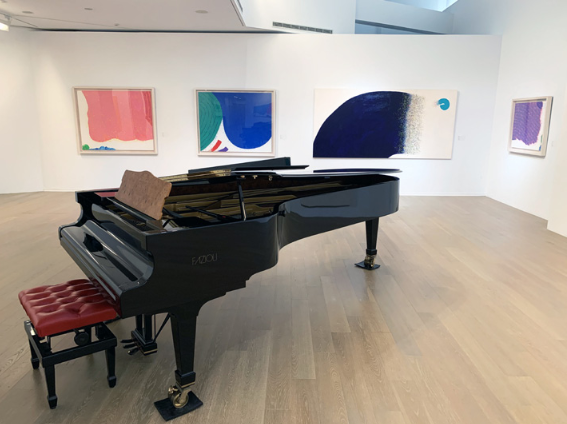
You cannot possibly tackle an international art market without talking to the key players. Liang Gallery, run by Claudia Liang and founded over 30 years ago by her and her husband, is one of the largest gallery in the whole country. This art venue, located in the posh neighborhood of Neihu, covers the entire 3 floors of a modern building.
The gallery which typically represents established artists – from the early 1920s to post WWII – as well as emerging contemporary artists, aims to show different eras of Taiwanese art history. With strong financial support from several big companies, the Liang Gallery sales are split almost evenly between individuals and corporate clients. Unlike other Taiwanese galleries that have imported and promoted art works from both mainland China and Japan, Claudia Liang’s focus on local artists has helped build up its iconic image and status, as one of the leading gallery in the industry.
“We have had this exhibition space for 12 years now. Since the beginning, we have been lucky to keep increasing the number of artists we collaborate with. Steady relationships with the established artists have secured both our sales and the reputation of the brand. It has also helped us expanding our business overseas. The art business in Taiwan has been booming for the past three decades yet some galleries have had difficulties maintaining relationships with their artists. The key elements that enabled us to stand out is how we organize art shows, trying to stand in the artists’ shoes and my personality” shared the owner.
From my own perspective of running gallery spaces in New York for over a decade, I know that establishing a solid bond with artists is relatively difficult. Realizing how well Liang Gallery had managed to do it in Taiwan is quite impressive. As I was eager to hear more about Liang’s secrets to keep such close relationships with her artists, I discovered that her focus had been on holding art shows not just domestically but also internationally, nurturing a vision of a whole package to promote art and then be able to always select the right pieces for the different markets.
While dealing with COVID, the gallery has replaced its contemporary exhibitions with showcasing the older established artists, which has shown to be a proven method for safeguarding sales. Interestingly enough – and as I later found out, it is a regular practice in many commercial art venues throughout the country – the gallery financially secures contracted contemporary artists by providing a monthly stipend (about US$1,800/month) and having structured plans for exhibitions in the future.
The gallery which opened another space in Hong-Kong and is hoping to develop its international presence further while keeping on doing what they already do “but make it better”, Liang added.
GALERIE GRAND SIÈCLE – Songshan District, Taipei. changsgallery.com.tw
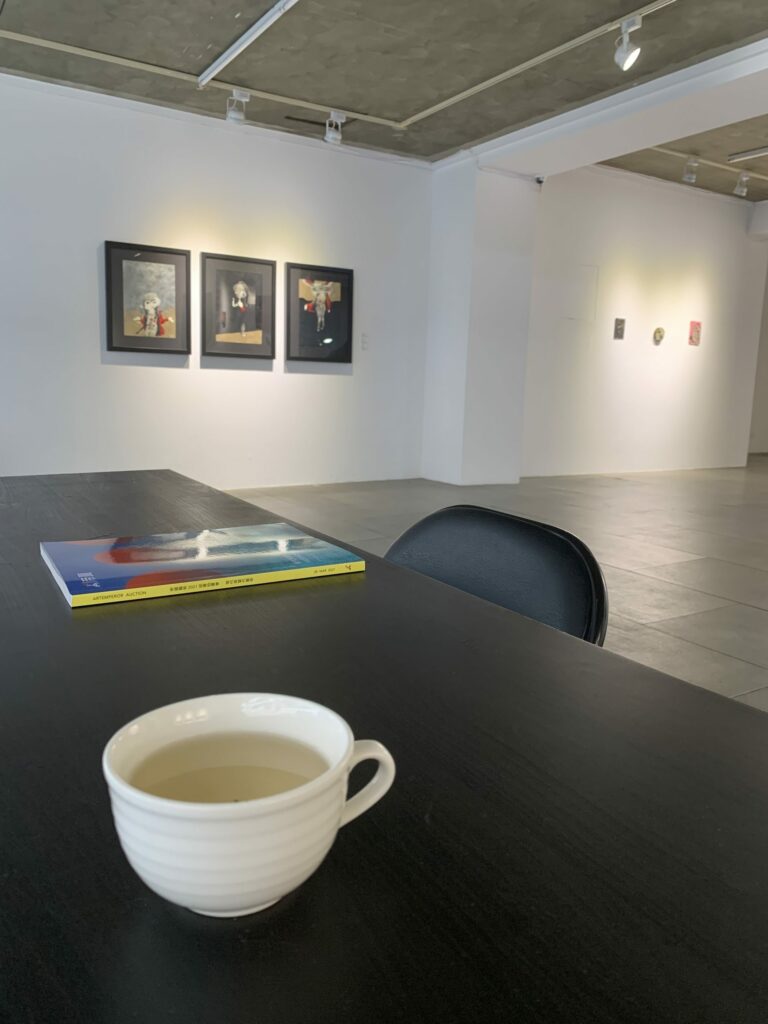
Another more low-key yet interesting gallery I found is the one owned by Richard Chang. Once a resident of France back in the eighties, Chang explains in perfect French that he mostly represents Asian artists, Taiwanese more especially along with some Japanese, Korean, Indonesian and a few French, while only focusing on solo exhibitions.
The Taiwanese market since Covid has been good, and since collectors have not been able to leave the country, they have focused on buying from local galleries. Grand Siècle, which only represents contemporary artists, does a number of collaborations with other Asian galleries by ‘swapping’ artists, as well as participating in art fairs. Quite successful at the European fairs – especially Germany, London and Italy – Chang confesses that the US market is more complicated for Taiwanese galleries.
Being quite busy, Chang also organizes two art fairs in the country, “Art Kaohsiung” – in Kaohsiung, the second largest city located in the south of the island – and “Art Formosa” in Taipei. About 40-50 galleries participate in the fair, both at a hotel and a warehouse near Pier 2 where all the famous outdoors sculptures are located.
EACH MODERN – Xiny District, Taipei. eachmodern.com
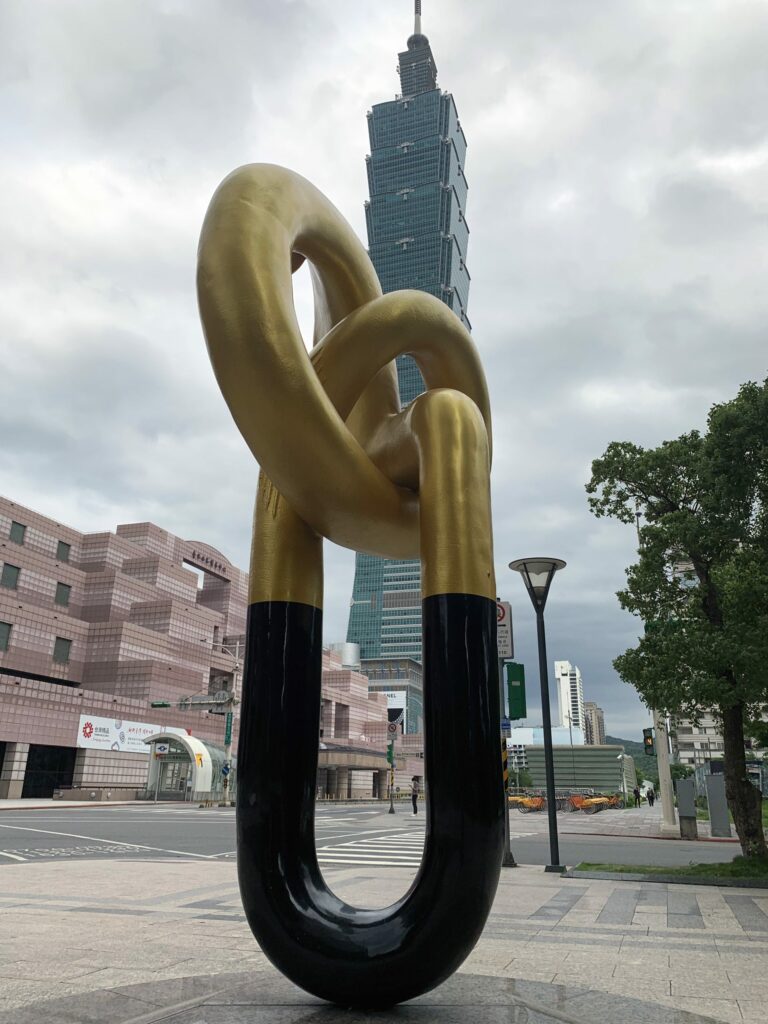
Comfortably nestled in the heart of the hype neighborhood of Xiny, Each Modern is a gallery that likes to concentrate on photography work. Lan Chunghsuan, the gallery manager, wants to show his viewers that Asian photography has great potential, instead of showing only the American or European perspectives. Lan further explains that because Each Modern is a commercial space first and foremost, it has become unlikely for them to just show photography works and that they have been more open to exhibiting sculptures, paintings and other media as well.
All things considered, the gallery is regularly invited to take part in museums shows, foundations and festivals and this is how they have been able to focus on presenting mostly photography. “Unlike in the US, photography has less appeal with art collectors, unless you’re at the top level. Generational changes in Taiwan are happening and we’re seeing a transition from old collectors to younger ones. Parents pass on their taste, habits and understanding of collecting art. And even though they usually start by collecting paintings and sculptures, photographs are sort of the secondary option.” He added.
The gallery is owned by Huang Ya-Chi but Lan is the one who gets to select the art work. Again, the relationships with the artists is the result of years of close cooperations. The staff goes through and select the pieces that are most suitable for the gallery, depending on what they have created. But Lan also acknowledges that most of the artists who approach him do not have portfolios qualified to be represented by a commercial gallery like Each Modern.
Taiwan is a small market without a doubt. How the gallery finds artist is via existing connections and it is often seen that galleries are competing against each other to poach high-profile artists. Moreover, there are not so many young artists, the youngest among the gallery roaster is 31 years old and 30 to 50 years old is the age range of artists that Each Modern typically works with.
The last show just ended [in March 2021] with and one American and two German artists, an effort by the gallery to regularly present artwork from artists worldwide, including some based in New York City. Apart from Taipei, the gallery also participates in art fairs in Shanghai, Japan (which is their main focus) and Hong Kong. Another fact worth mentioning is that unlike people’s view in this industry regarding online business booming, the gallery has had a complete opposite experience.
“We have not been selling anything for years on those platforms. Unless it’s the top 2% to 3% galleries, I am really questioning how well the rest do with online business nowadays”. He concluded our conversation by sharing that “Being a photographer myself, I admit that running a business and being creative has been a time-consuming process for me.”
UNIQUEPHOTO GALLERY – Hsinchu City. uniquephoto.com.tw
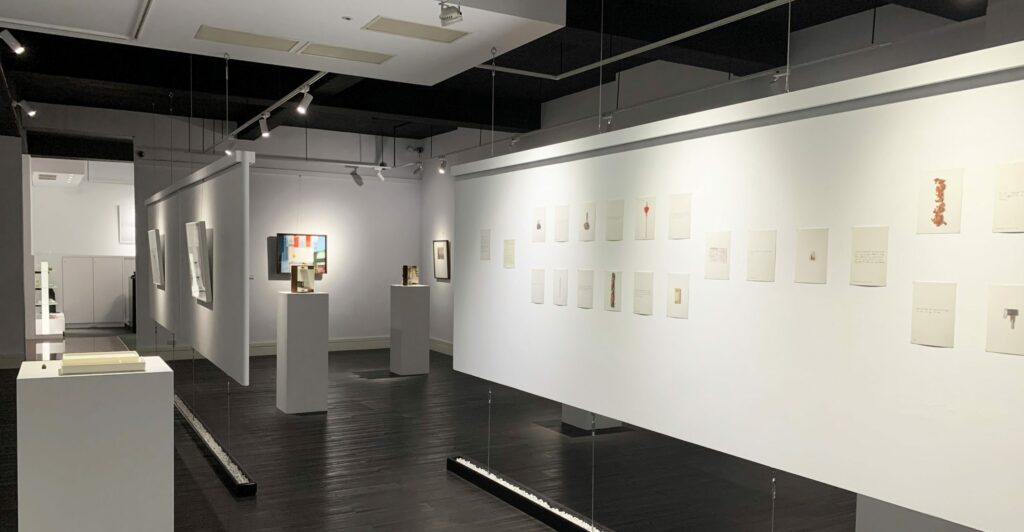
Lan’s work being regularly displayed at UP Gallery, it appropriate to go take a look at it. Located off the beaten path in Hsinchu, roughly an hour drive southwest of Taipei, the art space is solely dedicated to exhibiting photography and moving-image works – one of the very few in the country with such a concept. The gallery of about 6,000 square feet, located over three floors of a beautiful townhouse, that used to be the home of Mr. Yichia Liao – the founder, also a photographer – who had foreseen the need for a great platform to exhibit photography in Taiwan.
Impressed by the professional quality of the display and the installation of the artwork, I was lead by Agnes Liao – the current Artistic Director – to give me a very insightful tour of the place. Agnes, a graduate from Sotheby’s Institute of Art in London specializes in the field of contemporary art photography. Among an impressive array of artists, I was particularly drawn by the works of Ronghui Chen, a Chinese photographer based in Shanghai and New Haven. Focusing on China’s urbanization while usually representing people and wide urban landscapes, his raw and intense vision, viscerally grabbed me.
SALVADOR MARCO – Sanyi, Miaoli County. salvadormarco.com
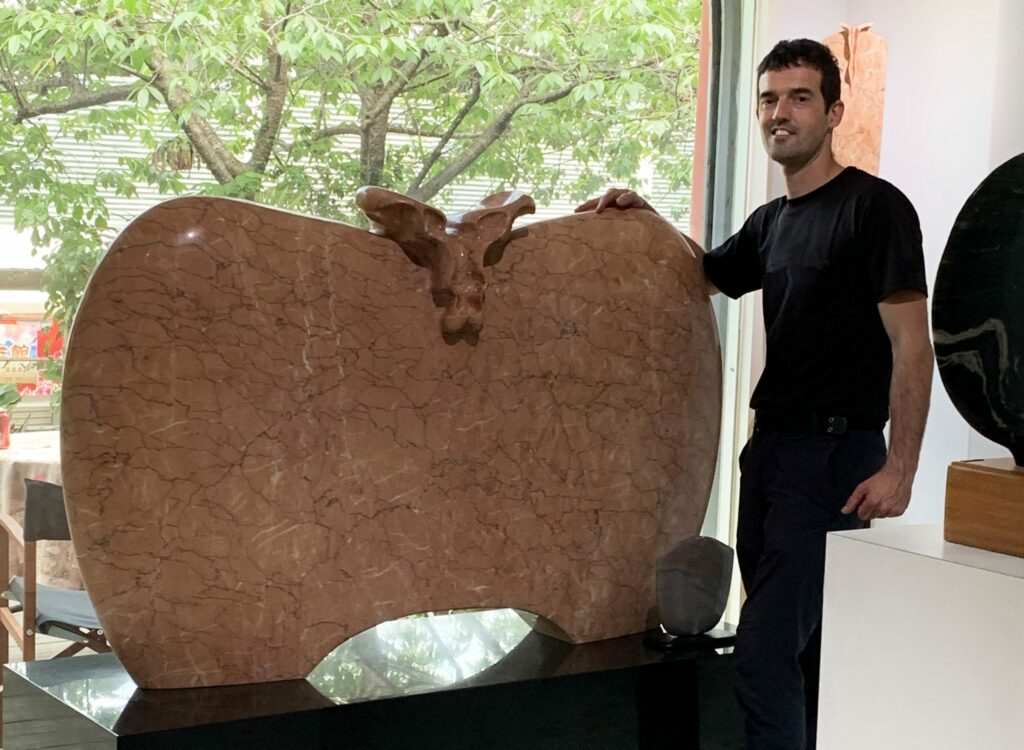
My encounter with Salvador Marco was a lucky one. I was having coffee with an influential curator in a lovely bakery in Taipei when he suggested I take a trip to Sanyi, a city situated in the middle of the mountains. There I could meet Marco his artist friend, a Spanish sculptor and photographer who had moved to Taiwan with his wife a decade ago. After a few hours on the local train enjoying views of the countryside, I was introduced to Marco and his studio, a big open space located en plein air where the sculptor works on very large stones.
From his sculptures, that I would define as brut yet extremely refined, emanate strength, beauty and a certain vibration, as if there was life in them. Also gifted as a photographer, Marco has set up his own showroom a few minutes away from his studio, where skillfully framed wide prints of naturescapes cover the walls. For the last 10 years, Marco’s tireless work has enabled him to establish himself as a recognized artist, represented by top galleries in the country. His recent exhibition “Tranquil stone and landscape” that took place at the Google headquarters in Taipei, was equally impressive in terms of the size of the artwork and the success it brought him.
1839 CONTEMPORARY GALLERY – Da-an District, Taipei. 1839cg.com
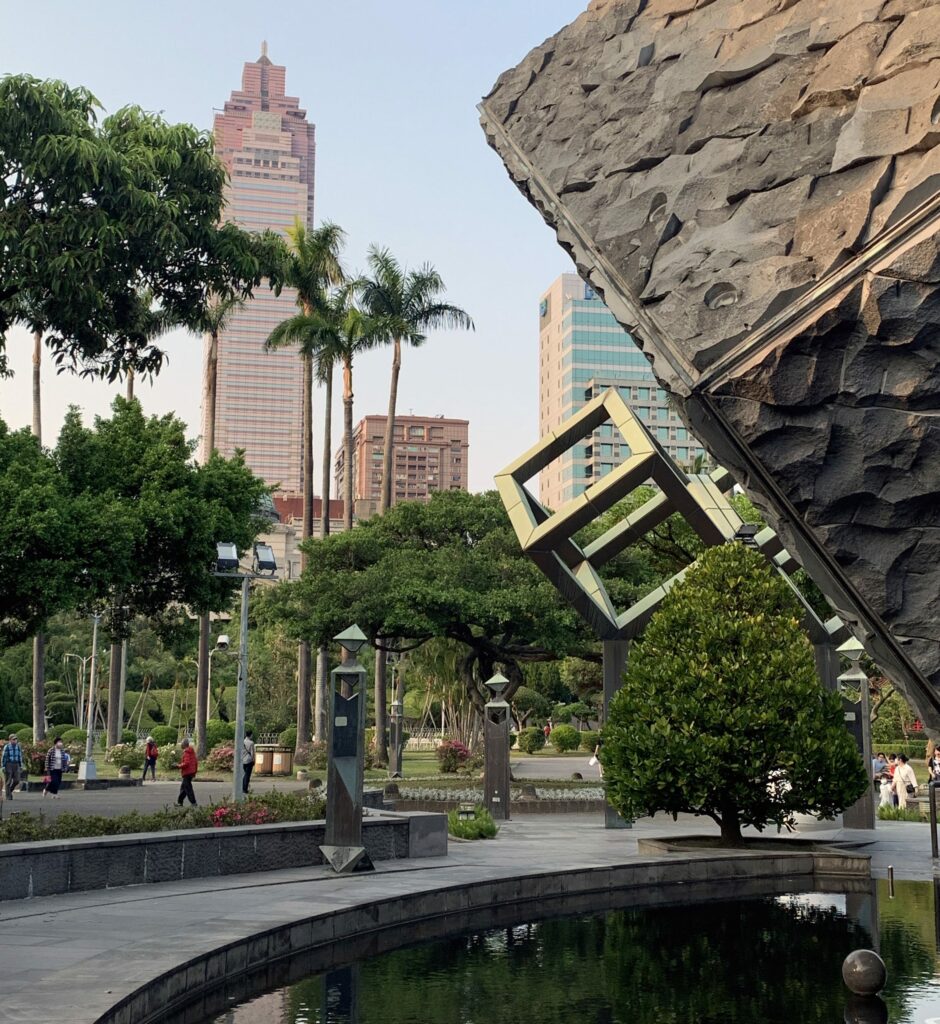
On the subject of photography, this article would not be complete without the mention of one more art space exclusively dedicated to the art form. Edward Chiu Ph.D. the owner and curator of 1839 Gallery, studied photography at Tokyo Art University and got his Masters’ degree in San Francisco. When he came back he realized that there was no similar department in the Taiwanese academic system, and as he started teaching at the university he thought of bringing new ideas in the hope that there could eventually be a photography department.
Opened in 2009, the current space has shown a number of international and national artists. The selection process depends on the quality and with a limited number of creators, Edward tries to look at portfolios without bias or personal preferences. In his opinion Asian artists rarely have opportunities to be seen overseas, so not only is he giving them a chance to be exhibit their work, but also to encourage them to show what they have to the world.
“Of course, the stories behind the art works matter and I’m always pleased to see anything distinctive done by my students and young artists. From my understanding, the current market would be more interesting if art lovers were buying foreign art pieces instead of locals. Collectors in Taiwan tend to purchase art based on their interest in decorative purposes, while people overseas see it more as an investment.”
A very busy man, Chui does not have time to continue his own photography. “From my perspective, being a photographer would be focusing on myself only while I prefer to assess my influence via the gallery and by being an active part of the education system.” He added. On top of an already full schedule he has been organizing a photography art fair since 2011 (‘Taiwan Photo’). Over 80% of the participants are international artists and each year brings a different theme, the first year was all about black and white photography, the second year the focus was on colors. .
“It is encouraging to see that the younger generation is buying more photographs nowadays, unlike older generations who are more interested in paintings and sculptures.” He concluded.
ART TAIPEI – Songshan District, Taipei. art-taipei.com
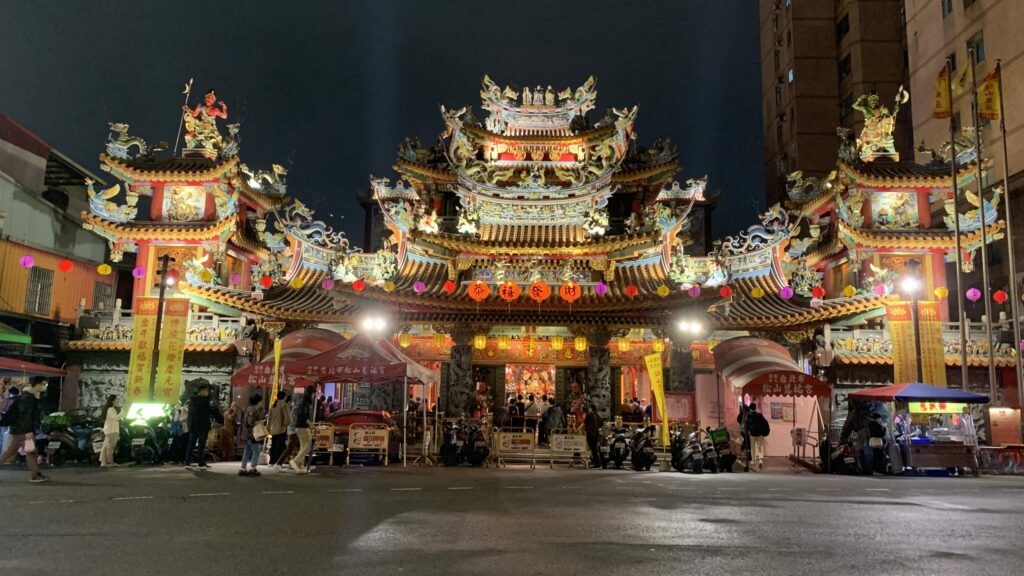
A big chunk of the business in the art world is done with the help of the art fairs and Taiwan is no exception with a number of notable national and international events. Among them, “Art Taipei” definitely stands out. Launched in 1992, it is the longest-running and the biggest non-profit organization in Taiwan with over 123 members, employing 22 people.
The non-profit manages and operates three different art fairs that are scheduled as follows: Art Taipei (Oct.) an international brand in Asia Pacific, Art Taichung (Dec.) a hotel fair at the Millennium Hotel and Art Tainan (Mar.) also a hotel fair.
The organization’s main purpose for managing these fairs is to provide services to their members. They gather all the resources, cooperating with galleries, discovering talented artists, then promoting them to the world. Exceptionally this year (2021) because of the limitations due to Covid, the focus has been placed instead on promoting the organization domestically. The majority of the events that are held are supported by the government and city halls, including the fair sites, relevant resources, marketing etc.
Asked if the non-profit was getting more pressure from the big galleries or the smaller ones, one of the representative at Art Taipei said that gallery members, which have annual membership, mostly expect information to be shared, as well as getting help with networking. This being said, there is no denying smaller galleries may have to make sacrifices at some point. Big galleries tend to be more demanding because of their size and their client base. Taiwan is a small country, everyone knows everyone here, hence the organization is trying to support them equally. And to make sure things are running smoothly they have a standard mode of operations to promote each gallery uniformly.
As for the hotel fairs side of their operations they mainly exist to promote local artists, with no foreign representation. However, Taipei Dangdai, is much more international with foreign galleries and artists in attendance. Since 2020, because of COVID, a lot of artists did not have any other choice and were not able to participate. At this time, [May 2021] only people from Japan and Korea are able to enter the country. In addition to the covid issues, Chinese galleries have not been able to come due to political issues. Yet, the art business has been flourishing theses past few years and right now it is still looking very promising for Taiwan. There are more international galleries and artists requesting to take parts in the fairs each year, with over 130 participants on average yearly.
TAINAN ART MUSEUM 1 & 2 – Tainan City. tnam.museum
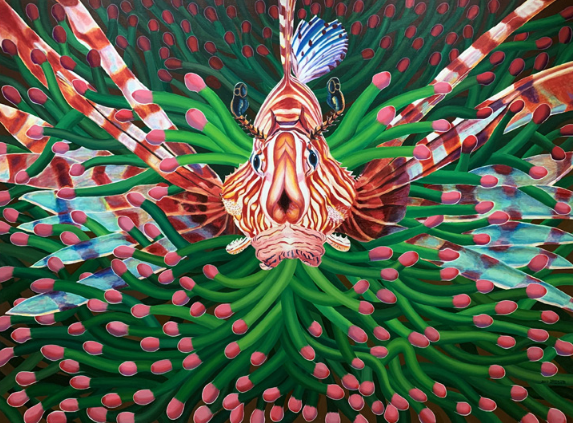
Located on the southwest coast of the island, Tainan is a quaint historical city that used to be the capital of Taiwan back in the 17th century. Today this bustling city welcomes into its midst an art museum split into two huge buildings.
The Tainan Art Museum 1 is a formal and stern building dedicated to modern art. During my visit in early April of this year, I was mesmerized by the works of York Hsiao, a once very active Taiwanese artist who passed away in 2019. The founder of many art organizations, he spent half his life promoting artists and the other half creating himself. During the exhibition I found myself transported by the whimsical figures and colors of his paintings, especially as I was walking through the suggestive themes of “Chinese Characters”, “Fairy Tales”, “Landscapes” and “Primitive Desires”.
Many other rooms had modern sculptures and mixed media pieces but I picked up the pace to not miss the second building, The Tainan Art Museum 2 situated just a few streets away. A striking ultra-modern building the size of an entire block, this city owned museum with a restaurant and a café, is entirely devoted to Taiwanese contemporary art and is a ‘must see’ for art lovers visiting the island.
CHING WEN TSAI – New York.
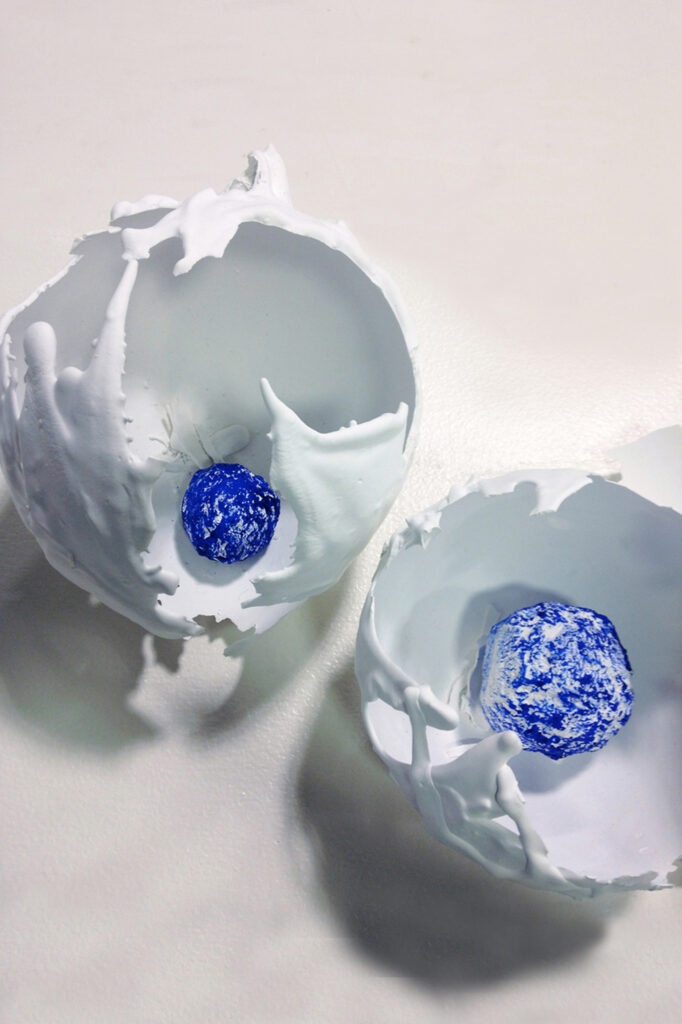
plaster and acrylic
by Ching Wen Tsai
This article – and this trip – could have never occurred without the kind assistance and generosity of Ching-Wen Tsai, a Taiwanese artist based in New York City. Tsai whom I met before I left for Taiwan, has been exploring the body-mind-spirit theme for years and her work combines the training in Western painting and interdisciplinary sculpture with expertise in advertising and graphic design. Using primarily mixed-media installations and sculpture, Tsai seeks to awaken interest in the spiritual world’s mysteries by giving physical forms to non existences and redefining stereotypes. She has been a member of the Roosevelt Island Visual Art Association (RIVAA) since 2020. In 2021, she had an exhibition at Union City Museum of Art (William V. Musto Cultural Center) in New Jersey.
EPILOGUE
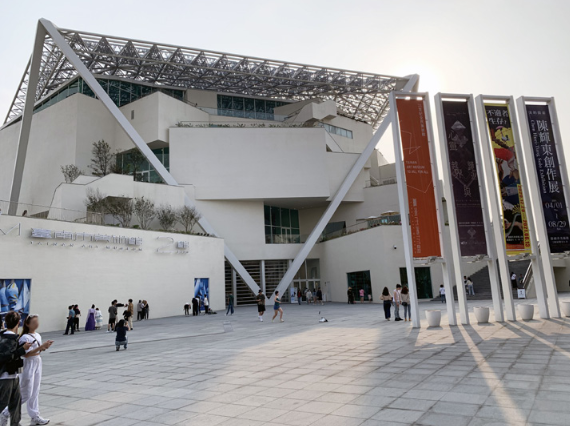
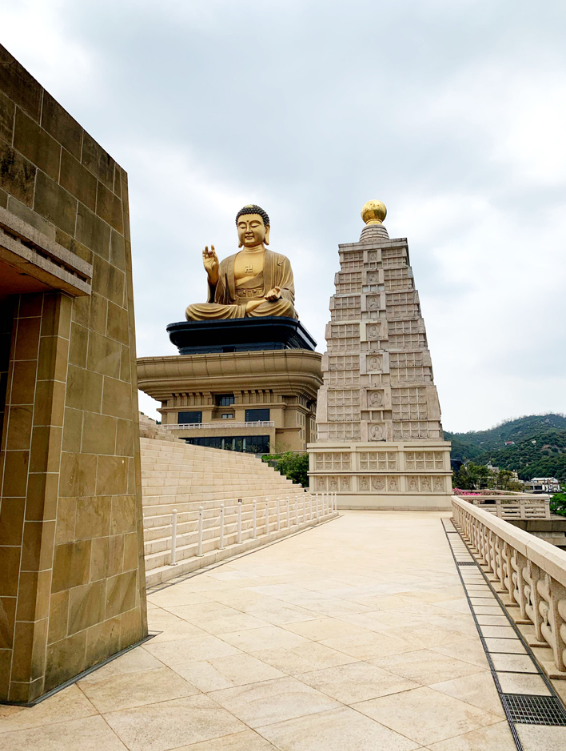
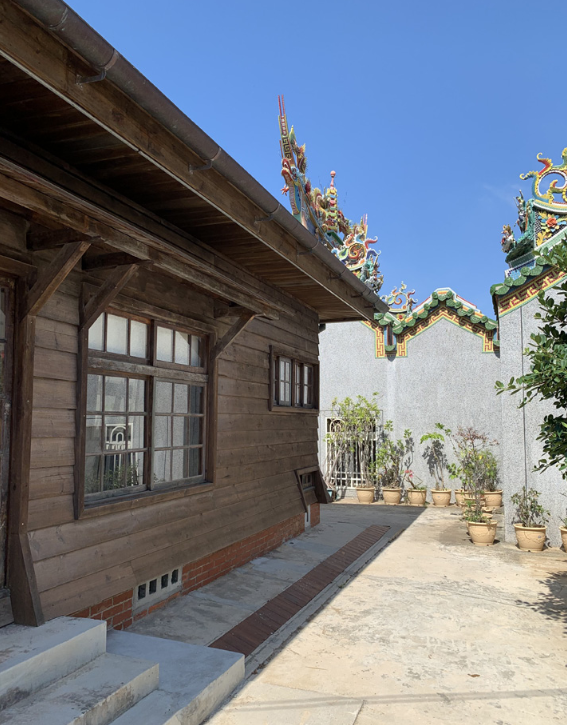
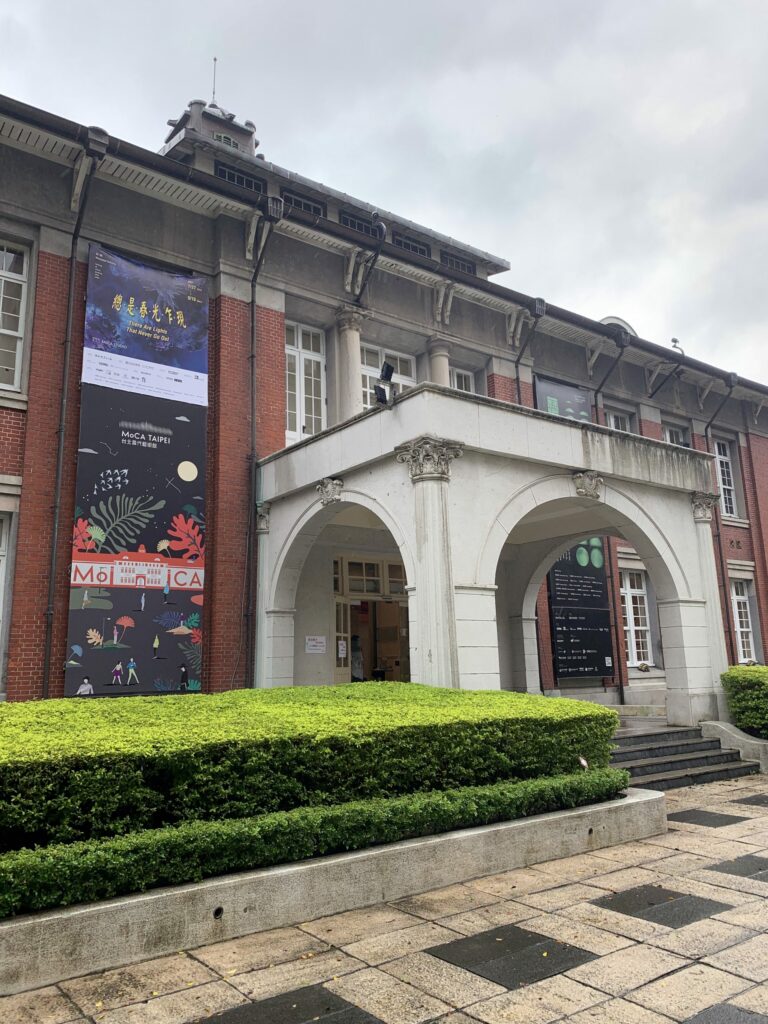
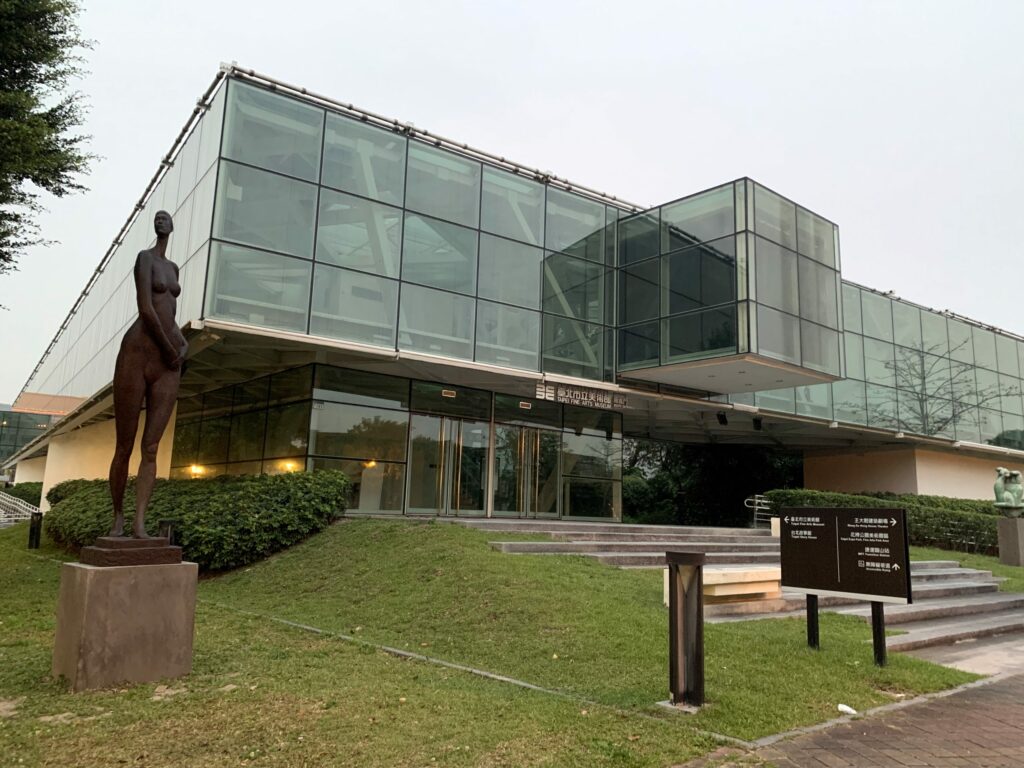
I wish I had been able to write about all the art places I have enjoyed, so I would like to mention just a few more. On Penghu, (the largest island closest to the west side of the country) a Japanese style building harbors the beautiful and somewhat confidential Hung Ken-Shen Art Museum. In Tainan, the Fine Art Private Museum located in the Anping District is a stunning commercial space with a great selection of contemporary art works (including a pink panther and a Babar by New York artist Katherine Bernhard, that particularly drew my attention). And lastly, if you find yourselves wandering north of Kaohsiung, the Fo Guang Shan Monastery, aside for being the most grandiloquent Buddhist temple I have ever seen, it has the most incredible art galleries filled with the top craft artists in the country. The Taipei Fine Arts Museum as well as the MOCA Taipei are two other most definitely must-see venues recommended by most.
Because Gallery and Studio is not a travel magazine, I will not linger about how lush the green vegetation is in many parts of the country, or how many shades of blue I got to enjoy while staying near the Pacific Ocean, but I will say that the consistent reassuring presence of the yellow tiles on the temple rooftops, has been a constant reminder of how much art is a vital part of the everyday life in Taiwan.
A shorter, edited version of this article is available in the Summer 2021 print version of Gallery&Studio Arts Journal. All photos, to the exception of Lin Chiwei and Ching Wen Tsai’s works, are by Sébastien Aurillon.

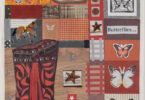
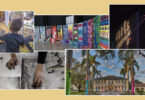
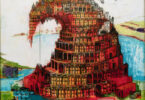
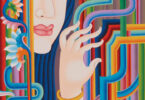
Large thank you expressed for beautiful, informative article!
Thank you for this wonderful article! I’m glad you enjoyed your stay at Fo Guang Shan.